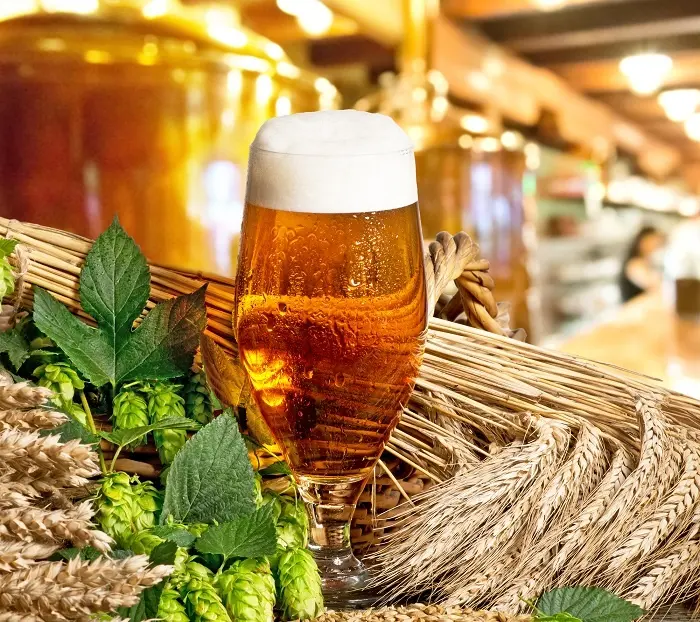Belongs to a subclass of British bitters, is considered the most typical representative of the “family”. Appeared at the beginning of the XNUMXth century on the basis of pale ale, a distinctive feature of the style is exceptional freshness. Draft versions are very different from bottled versions, the latter have increased degree and carbonation, the malt-hop balance is shifted towards malt, while real bitter should gravitate towards bitterness, not sweetness.
Color, strength, nuances of taste and other characteristics are largely the envy of the manufacturer. Export versions cannot be considered “true” examples of the style, as they are often oxidized.
The characteristic features of bitter are drinkability, lightness, a pronounced hop profile, bitterness (the name of the style is translated as “bitter”). The malt notes can be quite distinct, but they should not drown out the hops. Tones of caramel, bread, biscuits, toast, light nuances of fruit are felt in the bouquet. Hops give an earthy aftertaste, hints of resin, flowers. A light note of diacetyl does not contradict the style standards.
The color of the drink varies from amber to copper, but always remains light and transparent. In the glass, ale forms a weak, unstable foam. Draft samples are almost not carbonized, in bottled brands this parameter may be higher.
An ordinary bitter is made from pale malt (predominantly ale) with a small addition of dark only for color. The technology does not prohibit adding sugar, corn, wheat to the composition. Yeast must be British, hops must be English, but this is not a strict requirement.
Some varieties are also known as golden ales or summer ales.

Fortress: 3.2-3.%.
Density: initial 1.030-1.039, final 1.007-1.011.
Bitterness Index: 25-35 IBU.
Color: 8-14 SRM.









